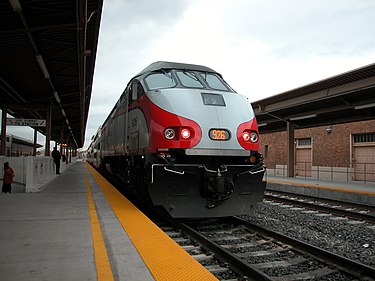Recently, I asked whether we should build transit infrastructure projects with the goal of expanding access to opportunity, as opposed to existing measures of success that depend on ridership prediction. (If you’re not sure of what I mean by access, read this first.) This stimulated a great conversation in the comments with Alex Karner, an Assistant Professor of Architecture at the University of Texas, Austin, with a useful interjection from Willem Klumpenhouwer, a postdoctoral fellow at the University of Toronto Transportation Research Institute. It’s very lightly edited.
Here is the part of my piece that set this off, followed by our exchange:
[Most Federal criteria for transit funding] are built on the same shaky foundation: a prediction of ridership well into the future. Access analysis may help to shore up those foundations, because an access calculation is much more certain than a prediction.
That should be especially obvious during the Covid-19 pandemic. The utterly unpredicted ridership trends of 2020 are just an extreme example of the kind of unpredictability that we must learn to accept as normal. As I argued in the Journal of Public Transportation, we can’t possibly know with certainty what urban transportation will be like in 10-20 years, or how our cities will function, or what goals and values will animate people’s lives.
Ridership prediction models generally begin with something like an assessment of access. If a project improves travel time for a lot of possible trips, that’s the starting point for a high ridership prediction. But then, predictive modeling mixes in a bunch of emotional factors that amount to assuming that how humans have behaved in the recent past tells us how they will behave in the future. This is equivalent to telling your children that “when you’re my age, I know you’ll behave exactly the way I do.”
Of course some human behavior is predictable. We’ll still need to eat. But the world is changing in non-linear ways, which means that the recent past is becoming less reliable as a guide to the future. So if we measured access, we’d still be measuring ridership potential, but without all the uncertainty that comes from extrapolating about human behavior, or telling people that you know how they’ll behave 20 years from now.
Alex:
I agree with your criticisms of long-range forecasting but think there’s a substantial role for near-term (current year or opening-day) forecasts when thinking about the impacts of a proposed service change or the inequities inherent in the current system. Because these rely on more timely data about travel behavior, land use, and levels of service, we have more confidence that their results are meaningful. These forecasts can provide information about how travel times (walk, wait, in vehicle, and transfer), number of transfers, and out-of-pocket costs change or differ across people and places. (E.g., the proposed service change will increase origin-destination travel times for low-income transit riders on average by 8 minutes).
To be sure, accessibility (access/freedom) is super important. But we should also look simultaneously at expected impacts on transit riders today. Activists and advocates always request these types of measures when service changes are being proposed.
Willem Klumpenhouwer:
Access is undoubtedly an important measure, and is definitely under-used as a metric of success or value in many transit system evaluations.
I do have one quibble with your argument, however. Measuring access now and using it for long-term projects into the future is *still* making static assumptions about human behaviour (that the destinations you measure access to are important and will be into the future), as well as assumptions about future land use. While I do think it’s not as explicitly modeled as with a standard econometric behavioral model, it’s still implied.
One way to potentially fuse some of that together and add flexibility is to get into the habit of bundling destinations into a weighted “basket of destinations”, something I argued in a JTG paper. Then the trick becomes figuring out ways to determine what those bundles should be.
Ultimately, I think there needs to be more research done on how access translates into use (of which ridership is one metric), and how that happens.
Jarrett:
Alex and Willem
Alex: I agree completely that there’s role for understanding current needs and maybe even near-term forecasting, but the kind of transit infrastructure we’re talking about here has to be useful for decades if not centuries, and the present is just too brief a time to be the the only consideration or even the main one. Since the narcissism of the present will dominate the project politics anyway, I want to highlight measures that push against the present bias, because there’s literally no other way to give our unborn grandchildren a place at the table.
We all live inside our grandparents’ bad infrastructure design decisions — decisions that made sense at the time, in the culture of the time, for the people who were being listened to at the time. You can work to make that present-oriented conversation smarter, more fact-based, and more inclusive/equitable, and I support that 100%, but your approach still leaves us saying that our grandchildren will be just like us in all kinds of ways that we have no right to assume.
How do we know what our grandchildren will want? Two ways: (1) We can assume that they will want what history and biology tell us that humans have always wanted and (2) beyond that, we can focus on giving them the freedom to be whoever they turn out to be and want whatever they turn out to want.
For example, under (1) we have the biological needs that drive a lot of our daily activity, but also historical insights like Marchetti’s Constant, which help us set useful travel time budgets for a daily trip or “commute.” We can do some philosophical work to delineate the boundary of those two categories. This is where I was going with the Bortworld thought experiment in my Journal of Public Transportation paper.
Willem raises a good point about how we can know, on behalf of our grandchildren, what the relative importance of different kinds of destinations will be. Biological and historical knowledge can take us a long way. When it comes to human motivations, the longer something’s been true in the past, the more likely it is to be true in the future. Finally, yes, that weighting will still be a judgment. But if we could get to the point where we were arguing mainly about that, I think we’d have made transformative progress in how we think about infrastructure. More on that here soon.
Alex:
I think Willem’s point about having to make assumptions about future land use–either how it changes or assuming it stays constant–clarifies that accessibility or freedom analyses are still subject to at least some of the limitations of long-range ridership forecasts.
In terms of infrastructure, I’m fine with having different standards for fixed-guideway projects with high capital costs and longer-lasting impacts on urban form as compared to bus network redesigns or other tweaks to the bus network. Although I wonder how much land use and density is already baked in and how that differs by urban areas. Will the locations of high land use intensity look much different in 50-75 years, in terms of their locations, than they do today? If not, then holding land use constant and also using current/near-term forecasting can both provide important insights about impacts now and in the future. I don’t think we have to pick one set of metrics or approaches over the other. Both are important.
One key area where I think we differ is in our relative weighting of future vs. past impacts. I definitely appreciate your future orientation–this is important from a climate, health, sustainability and resilience perspective. But I think to make traction on these issues and to get residents to buy into any specific public transit vision, we (academics, practitioners) have to acknowledge that transportation infrastructure development (highways *and* transit) has historically had baleful effects on low-income people and people of color in the US. Black people were especially negatively affected throughout the 20th century and continue to bear the brunt of many of the transportation system’s most direct impacts while not sharing fairly in the system’s benefits.
I see looking at impacts on current riders and near-term forecasting as at least partially atoning–or at least acknowledging–these historical impacts. In conducting a current/near-term analysis, we’re saying that we value the experiences of current public transit riders and want to understand how our proposed changes will affect them. To be sure, there’s a lot more than can and needs to be done in this regard (this pending TCRP project will help to suss out exactly what a reparative approach for public transit planning/policy could look like). But jumping straight to the future without acknowledging the past seems like a surefire way to alienate the essential riders upon which public transit depends.
The folks at the Untokening Collective have written about this in their “Principles of Mobility Justice,” one of which is the following: “Mobility Justice demands that we fully excavate, recognize, and reconcile the historical and current injustices experienced by communities — with impacted communities given space and resources to envision and implement planning models and political advocacy on streets and mobility that actively work to address [the] historical and current injustices [they experience].”
Current/near-term forecasting doesn’t live up to this high standard on its own, but providing resources to communities to vision future transportation systems and to understand how their travel outcomes (in terms of performance, not necessarily choices) will differ in those futures might get us moving in the right direction.
Jarrett:
We are in complete agreement about the need to show the impacts of proposals on the present, especially relatively short term work like bus network design. That’s what we do in all our projects.
Access analysis honors the future but is also an important way to talk about the present. For example, we can talk about the impact of a service change on the access to opportunity of existing riders based on their boarding location, so that we are specifically addressing the benefits and disbenefits that each such rider will experience. This can help riders see beyond an understandable initial assumption that all change is going to be bad for them.
There’s also a space for access analysis in giving elected officials another way to think about what they are hearing from the public, and to relate a service plan debate to larger goals that they care about, because expanding access supports so many of those goals.
But you’ll have to explain how forecasting serves the goal of “excavating … historical and current injustices.” How does predicting human behavior the near future help us understand the past, or our moral options for rectifying the injustices of the past? That one I just can’t follow.
Alex:
It seems like we also differ in terms of whether we think access analyses are enough on their own to demonstrate present-day impacts. The analysis you describe based on boarding location sounds helpful. I’m arguing that in addition to evaluating those quantities, we should also look at impacts on *current trips* and *current riders,* summarized by place or for specific groups (e.g., low-income people, Black people, equity-priority neighborhoods, etc.). Access it great, but it does not tell us how people are using the system today and how a proposed change will affect the trips they currently need to undertake.
Our knowledge about the injustices of the past informs the places and groups that we think it important to analyze. A high-quality transit rider survey will capture the travel behavior of a sample of transit riders. These results need to be carefully weighted and expanded to represent all transit travel. This weighted and expanded sample is our best representation of the full range of travel being undertaken on a particular system. Trip characteristics can be modeled to assess how they change from a base (no-build) to a build scenario. These changes represent the real impacts that will be experienced by actual travelers today and can be used to understand differences between groups. If done well, this analysis will provide insight into current injustices, if any exist (e.g., wide disparities between the trip characteristics between places or groups).
If desired, appropriately crafted simulation models can also be used to understand how behavior will change in response to changing levels of service (or demographics or land uses). Model results can also be used to assess current injustices and to help us understand whether we are making progress towards redressing historical wrongs.
Jarrett:
We certainly don’t disagree about the value of studying how the system is being used now, and evaluating impacts of changes on existing riders. We see the value in using rider surveys for this purpose, alongside access analyses that show how a network proposal changes what people *could* do (but aren’t doing now because the transit system doesn’t let them).
But I’m still puzzled about how models that predict “how behavior will change” are helpful in understanding or rectifying past injustice — unless you just mean really safe predictions such as “if we make high-demand trips possible that aren’t possible now, people will begin making those trips.” Is that all you mean?
Alex:
That’s not all that I mean. If we have a “good” rider survey collected recently we can use that survey to estimate a ridership model that will help us understand how changes in level of service and land use will affect transit use. The changes need not be limited to “high-demand trips.”
If we constrain our forecasts to use near-term or current year data, then we will have more confidence in the outputs we’re generating than if we use a 30- or 50-year horizon.
And if we examine outcomes for groups that have historically experienced injustice, our results can speak to how their experience of using public transit will change.
We seem to end where we began, Alex is arguing that to understand people’s experience, we have to predict what they’ll do. And I’m wondering if it’s better to just talk about what they’re free to do. We debate, you decide.



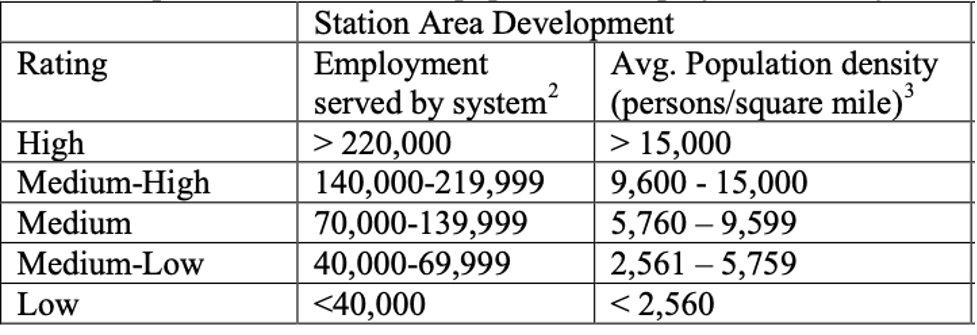

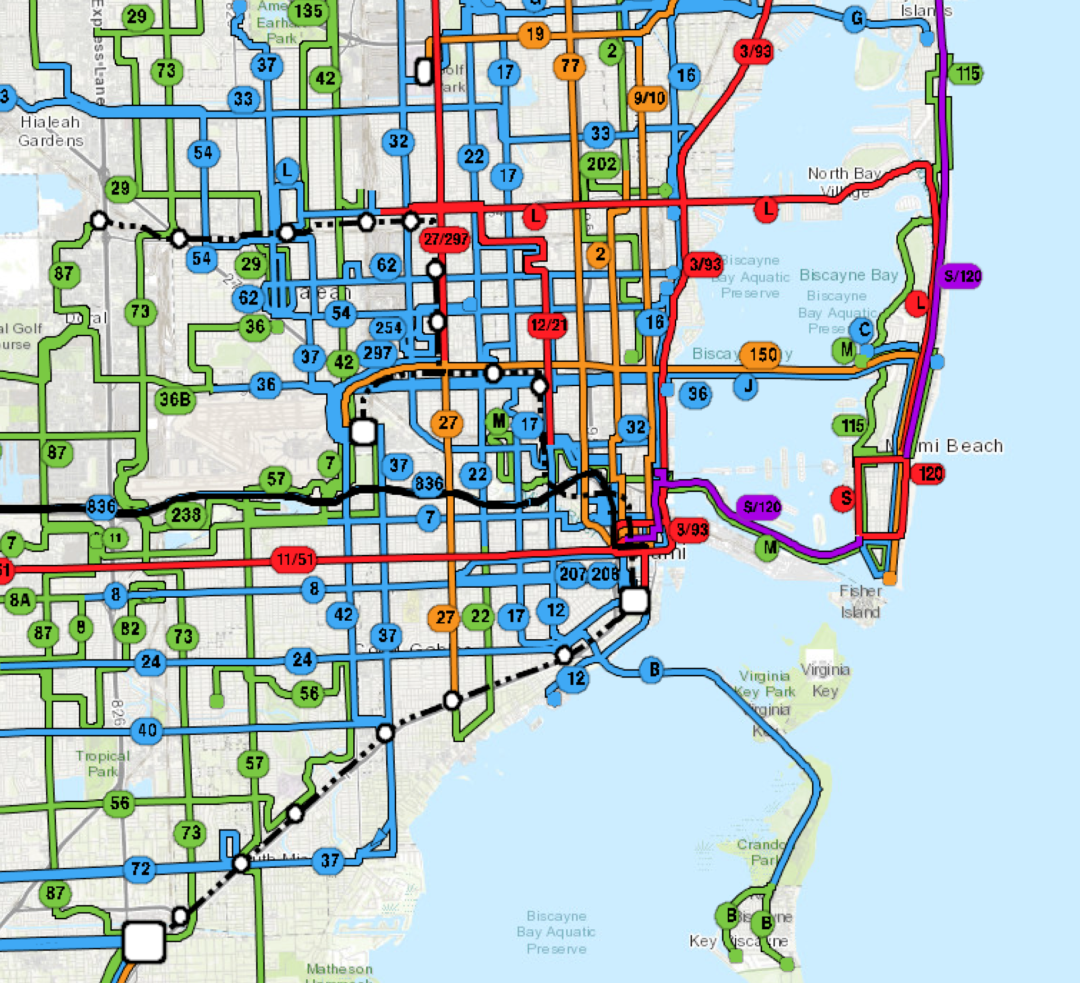
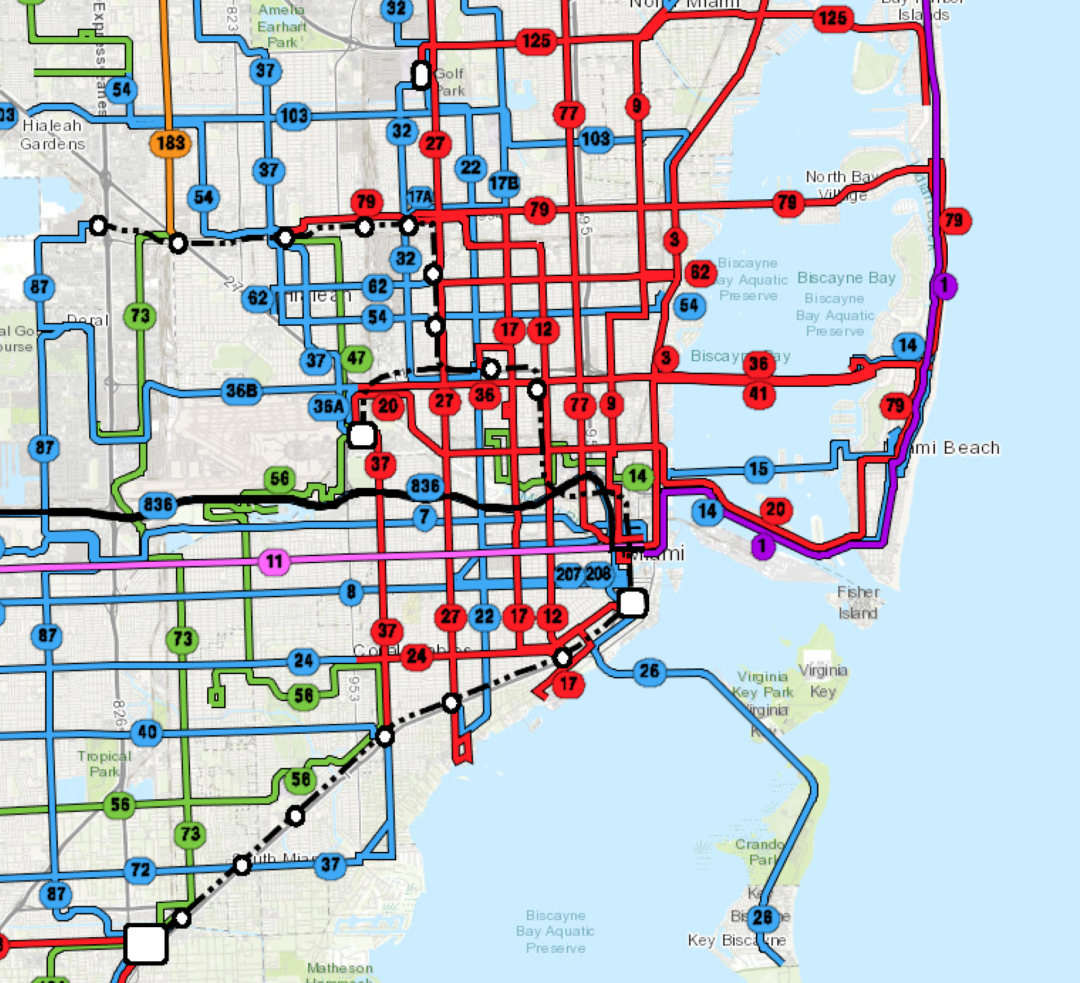
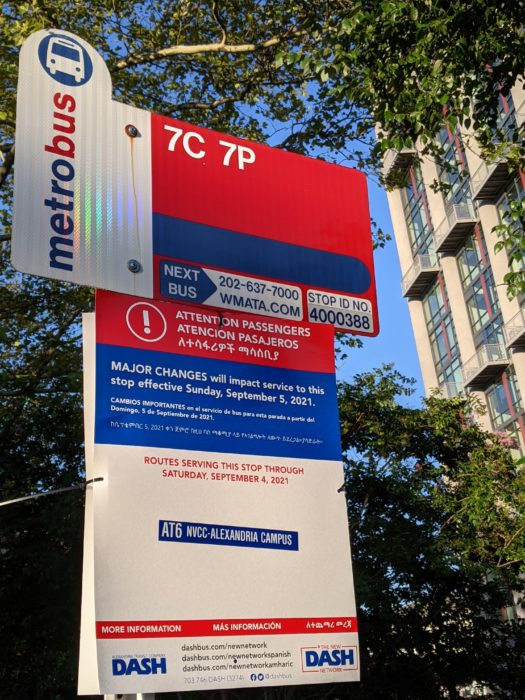
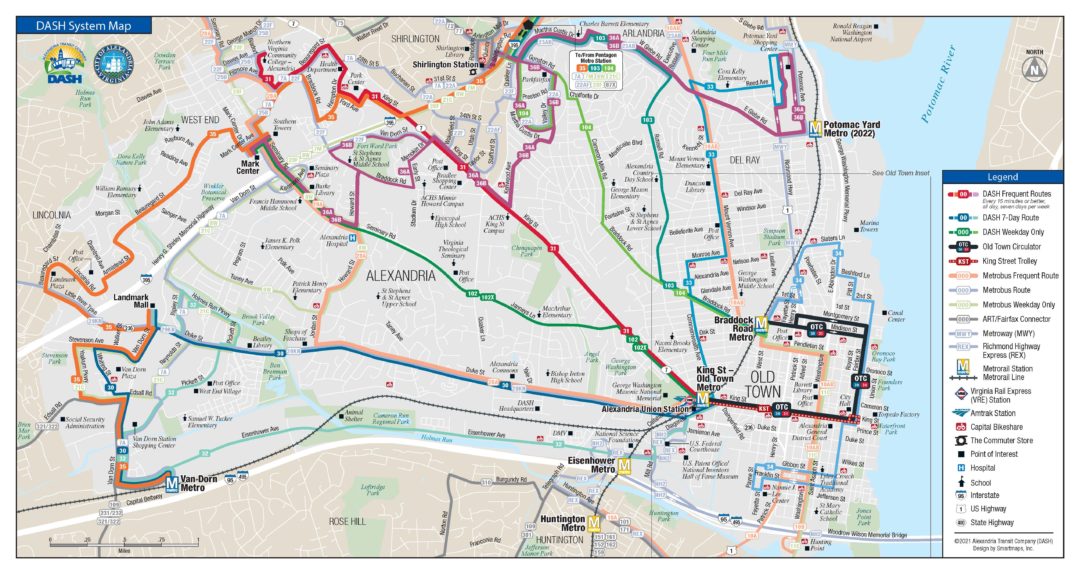
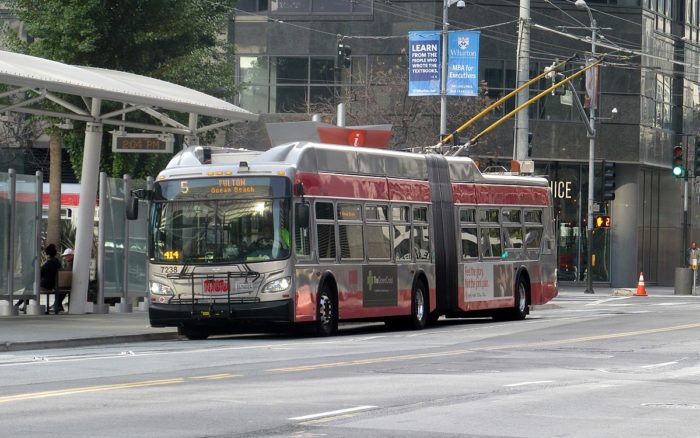






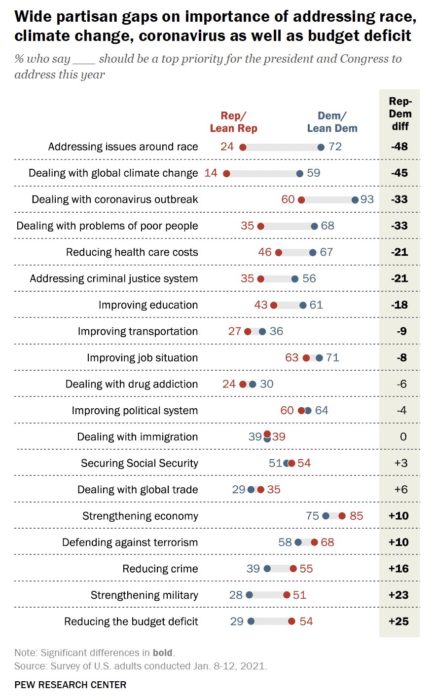
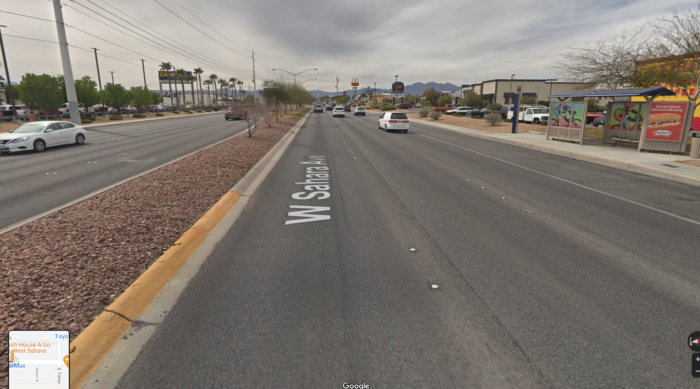
 When I started my transit planning career in the early 1990s, we faced this kind of suburban street but the stakes were usually lower, because transit wasn’t carrying huge volumes of people to these places. Most of the ridership in major metro areas was in the relatively walkable pre-war inner city. But all that’s changed for the worse. Today, in many US transit agencies I study,some of the highest ridership bus services are on these suburban arterials. People who need transit are forced to live and work in these places, so they have no choice but to dash across those nine lanes, if they are fit enough to dash. My father, in his 70s, used to have to cross a street like this one to catch the bus. He couldn’t dash. He could only hope.
When I started my transit planning career in the early 1990s, we faced this kind of suburban street but the stakes were usually lower, because transit wasn’t carrying huge volumes of people to these places. Most of the ridership in major metro areas was in the relatively walkable pre-war inner city. But all that’s changed for the worse. Today, in many US transit agencies I study,some of the highest ridership bus services are on these suburban arterials. People who need transit are forced to live and work in these places, so they have no choice but to dash across those nine lanes, if they are fit enough to dash. My father, in his 70s, used to have to cross a street like this one to catch the bus. He couldn’t dash. He could only hope.